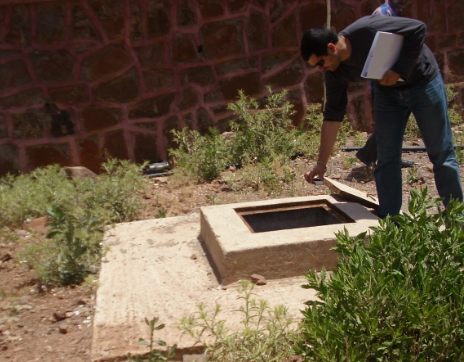 There are many septic system designs on the market. Every system out there can be upgraded to improve the quality and efficiency of the system. All septic systems have a similar operation. They need a septic tank to collect the waste and wastewater. The wastewater travels through a pipe to filter before reaching the leach field where it will be filtered back into the ground water table. The difference between each system is just how it does each of these things: collects, filters, and drains.
There are many septic system designs on the market. Every system out there can be upgraded to improve the quality and efficiency of the system. All septic systems have a similar operation. They need a septic tank to collect the waste and wastewater. The wastewater travels through a pipe to filter before reaching the leach field where it will be filtered back into the ground water table. The difference between each system is just how it does each of these things: collects, filters, and drains.
Conventional Septic System
The conventional septic system works by waste flowing into the septic tank where the solid waste sinks to the bottom and begins decomposition. The wastewater flows out of the tank into the distribution tank in the leach field. This slows the flow of the wastewater into the drain pipes that are surrounded by gravel or crushed rock to filter the contamination out of the water before it enters back into the water cycle.
Conventional Pump Septic System
The conventional septic field design features the septic tank and the leach field. To improve this system a pump is installed between the septic tank and the distribution box in the leach field. The pump helps distribute the wastewater better into the drain field.
Enviro-Septic System
This system takes the basics of the conventional septic system and increases the efficiency by adding filtering aerobic bacteria to the pipes along with fabrics that help the process. Along with following the design of the conventional system, it utilizes the distribution box to slow the water pumped into the pipes of the leach field. Both conventional systems and enviro-septic systems have a low amount of maintenance needed on them and they both don’t require any machines to aid the filtering process.
Overall, every septic tank systems design has a similar process that is only enhanced by additional steps or better materials. In the end, they all filter wastewater so that it can enter the groundwater table and begin it’s journey back through the water cycle.






